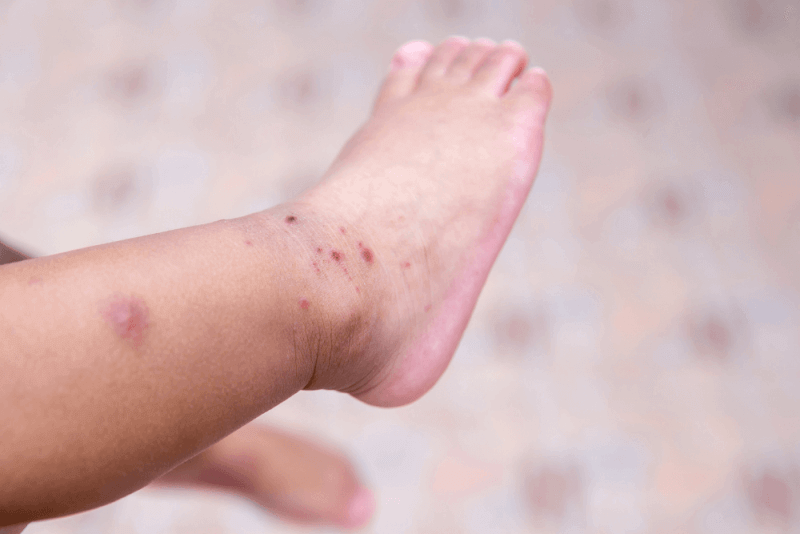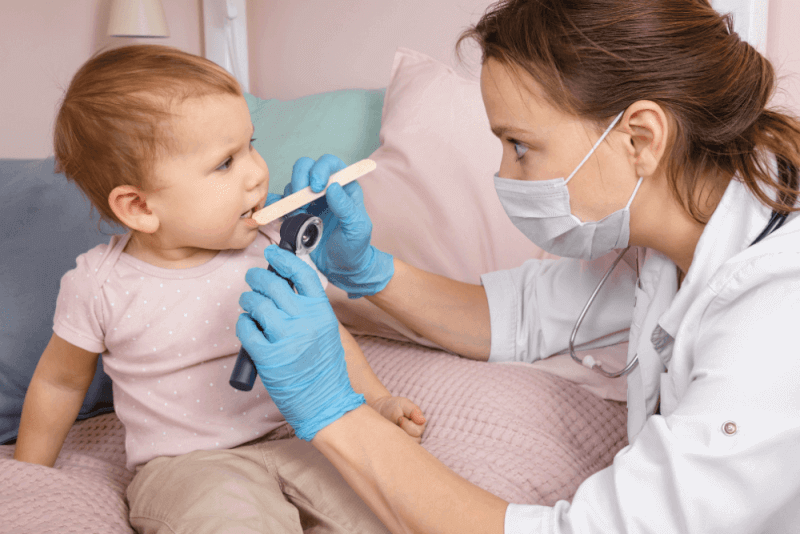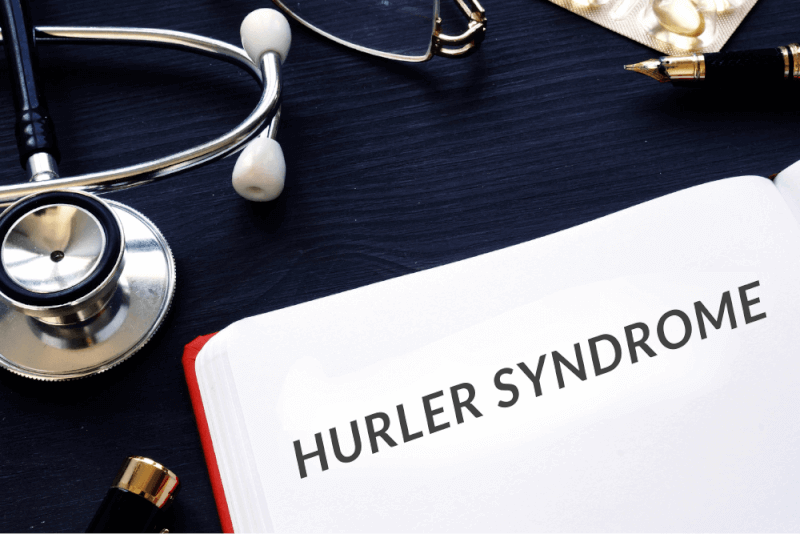What is a febrile convulsion?
Convulsions caused by fever are called febrile convulsions. These seizures, which usually occur due to fever caused by infection, are seen in healthy children with no previous neurological problems.
Although it can be frightening when a child has a febrile convulsion, it usually lasts a few minutes and does not cause any serious health problems. Febrile convulsions usually occur in the first 24 hours after the onset of fever. However, the child needs to be safe and comforted during the seizure. A doctor should be consulted as soon as possible after a seizure to evaluate the child.
Classification of febrile convulsions
Febrile convulsions, also called febrile seizures, are divided into two classes.
Simple febrile seizures
Simple febrile convulsions, the most common type of febrile seizure, last between a few seconds and 15 minutes. Within 24 hours, this type of convulsion that does not recur can occur in all parts of the body.
Complex febrile seizures
Complex febrile convulsions last longer than 15 minutes and occur more than once within 24 hours. Symptoms are limited to one side of the body.
Types of febrile convulsions
Febrile convulsions can be seen in different ways. Seizure types include the following.
- The best-known type of seizure, called grand mal, is characterized by loss of consciousness, convulsions throughout the body, locking of the jaw and foam coming from the mouth.
- In seizures called absence seizures or petit mal seizures, uninterrupted diving is observed with stimulation.
- In sleep seizures, the patient wakes up from sleep and is temporarily unable to speak and has facial retractions.
- In infants, successive twitching is one of the signs of a seizure that should be taken into consideration.
Symptoms of febrile convulsions
Symptoms of febrile convulsions can be seen when the child's temperature is more than 38 degrees Celsius. These symptoms include the following.
- Tremor
- Loss of consciousness
- Stiffening or twitching of an area of the body
- Shaking of the arms or legs
Causes of febrile convulsions
Febrile convulsions are usually caused by body temperature causing febrile seizures. In some cases, low-grade fever can also trigger a seizure.
Infection
Fever, which is the cause of febrile convulsions, is usually caused by a viral infection. In some cases, bacterial infections can also cause fever. The most common viruses that cause febrile convulsions are influenza and roseola, which cause the flu.
Seizures after vaccination
Febrile convulsions may occur after some childhood vaccinations. These vaccines include diphtheria, tetanus and whooping cough, as well as measles, mumps and rubella (MMR) vaccines. After vaccination, fever may rise and convulsions may occur. High fever, not vaccination, causes convulsions.
Risk factors for febrile convulsions
Among the reasons that increase the likelihood of febrile convulsions are the following.
- The majority of febrile convulsions occur in children between the ages of 6 months and 5 years. The greatest risk is between 12 and 18 months.
- The presence of a family member with febrile convulsions increases the risk of febrile convulsions in the child.
Complications of febrile convulsions
Febrile convulsions usually leave no effects. In particular, simple febrile convulsions do not cause complications such as brain damage, intellectual disability or learning disabilities. In addition, simple febrile convulsions do not necessarily indicate a serious underlying disease.
Febrile convulsions are provoked seizures. Therefore, it is not considered a sign of epilepsy. Because epilepsy is a health condition characterized by recurrent unprovoked seizures caused by abnormal electrical signals in the brain.
The type of febrile convulsion that is expected to have complications is complicated febrile convulsion. Within 24 hours, the risks that increase the likelihood of complications from recurrent seizures include the following.
- The child's first seizure is caused by a low-grade fever
- Febrile convulsions as the first symptom of the disease
- History of febrile convulsions in close family members
- The child is younger than 18 months of age at the first febrile convulsion
Diagnosis of febrile convulsions
Febrile convulsions are seen in children with normal development. In order to diagnose febrile convulsions, risk factors for epilepsy must first be ruled out. In children with normal development, determining the cause of fever is the first step after a seizure.
Simple febrile convulsions
Children who have a simple febrile convulsion for the first time and have recently received their vaccinations do not need any tests. The doctor can therefore diagnose febrile convulsions based on the history. However, in children with delayed vaccination schedules or weak immune systems, the following tests are used to identify serious infections
- Blood test
- Urine test
- Lumbar function
Complex febrile convulsions
EEG is recommended to measure brain activity to diagnose the cause of complex febrile convulsions. It may also recommend MRI in the presence of the following conditions.
- Having a larger than normal head structure
- Abnormal neurological evaluations
- Symptoms of increased pressure in the skull
- Unusually long febrile convulsions
Does febrile convulsions damage the brain?
In almost all cases, febrile convulsions do not cause any problems in the brain. Even in seizures lasting longer than an hour, recovery is achieved without any damage to the brain. However, if the child hits his or her head during a seizure, it can cause brain damage. Although the risk is very low, the patient should be evaluated in seizures lasting longer than 20 minutes.
Does febrile convulsions cause epilepsy?
Patients are at risk of developing epilepsy after a febrile convulsion. People who have febrile convulsions before the age of 5-7 have a 2% chance of developing epilepsy. People who had a febrile convulsion before the age of 15 have a 5.5% risk of epilepsy. Factors that determine this risk include the following.
- Seizures lasting longer than 15-20 minutes because prolonged seizures cause brain cells to be deprived of oxygen
- The patient has a nervous system or brain abnormality or developmental delay before the onset of febrile convulsions
- History of epilepsy in first-degree relatives
What to do with a child with febrile convulsions?
Most febrile convulsions stop on their own within a few minutes. If your child has a febrile convulsion, you should follow these steps.
- Laying the child on a flat surface where he/she will not fall
- Keeping watch time
- Standing next to the child to monitor and comfort the child
- Removal of hard and sharp objects near the child
- Tight and restrictive clothing should be loosened
- The child should not be restricted and their movements should not be interfered with.
- Nothing should be put in the child's mouth.
If the following situations occur, medical assistance should be sought.
- The child's seizure lasts longer than 5 minutes
- Recurrence of the child's seizures
- The child's seizure lasts less than 5 minutes but the child does not recover quickly
In more serious cases, the treatment steps that doctors will apply include the following.
- If the seizure lasts longer than 5 minutes, medication can be administered to stop it.
- Hospitalization may be necessary if the seizure is prolonged, if the child is younger than 6 months of age, if the source of infection cannot be found, or if the seizure is accompanied by a serious infection.
Caring for the child at home after febrile convulsions
In most cases of febrile convulsions, the patient is discharged after a medical examination. Therefore, the patient needs to be cared for at home. Among the things to be considered during the home care phase are the following.
- It should be noted that the child may be cranky for the first few days.
- The child's routines should be continued.
- It is recommended that the child sleeps at their usual time and in their own bed.







